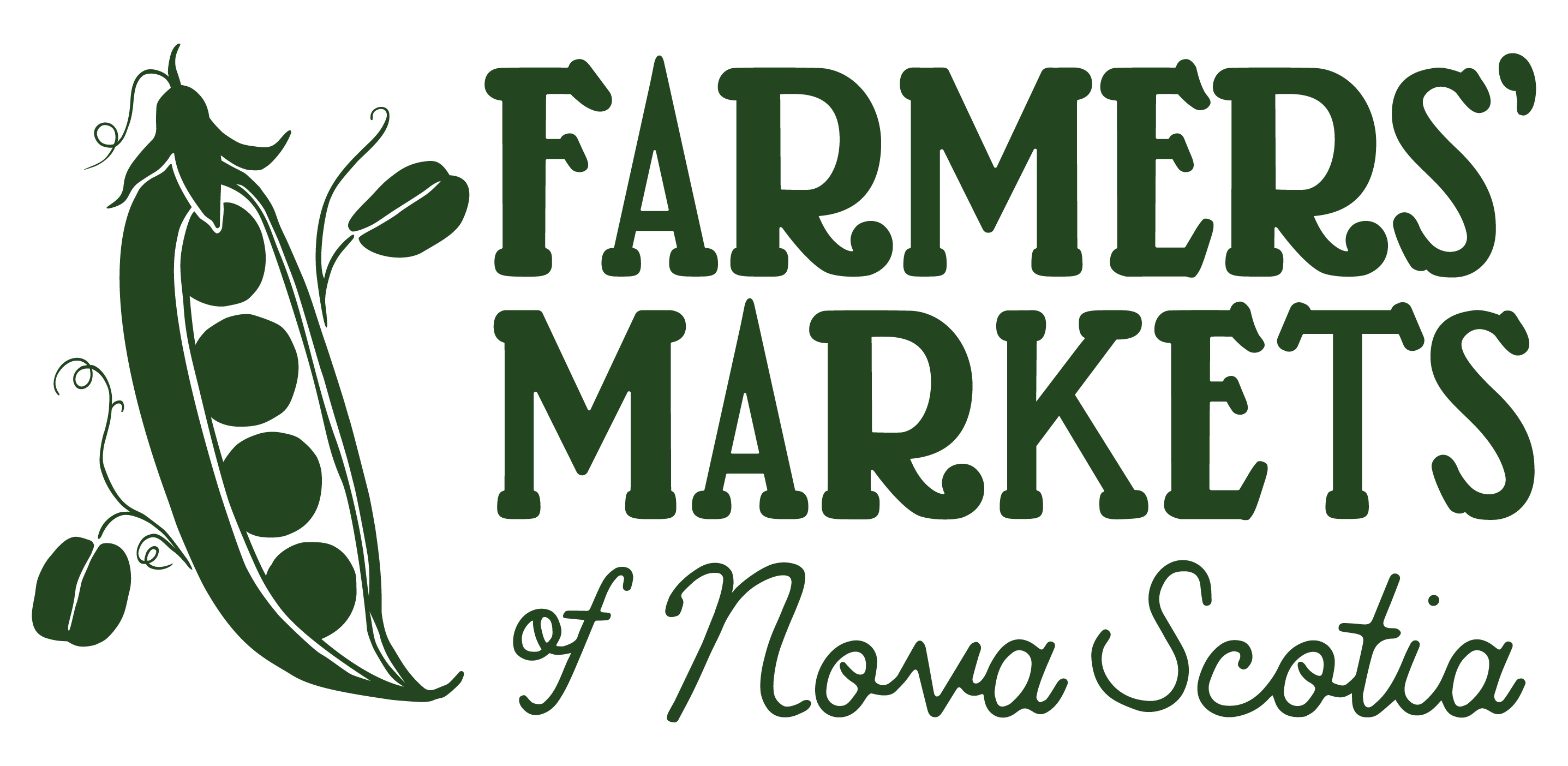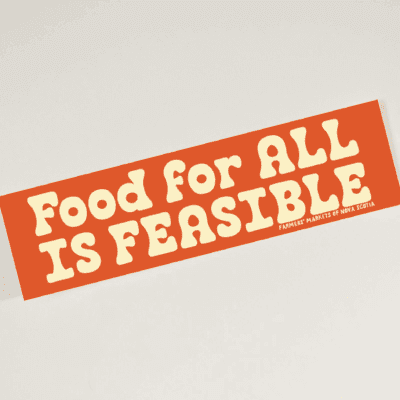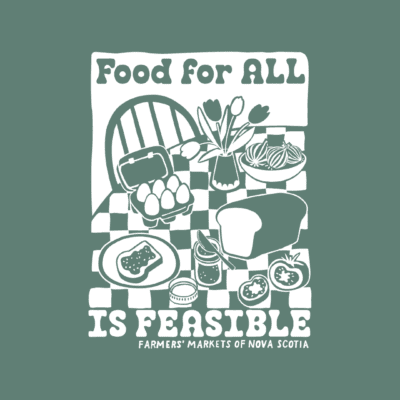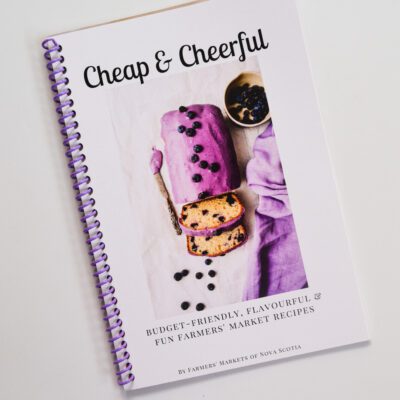 Your first question is likely, “what are pulses anyway?”
Your first question is likely, “what are pulses anyway?”
Pulses are the dried seeds of plants in the legume family – common varieties include dried peas, beans, lentils and chickpeas. Pulses come in a variety of shapes, sizes and colours and can be consumed in many forms; whole or split, ground into flours or separated into fractions such as protein, fibre and starch.
If you haven’t tried a member of the pulse family yet, make sure to add them to your shopping list – they are seriously delicious!
Pulses are an affordable, sustainable and nutritious source of plant-based protein. For those of you looking to get the most ‘bang for your buck’, pulses are a very budget-friendly addition to your grocery basket.
They are super versatile and can be substituted for meat in many recipes – top salads with oven roasted chickpeas for a satisfying crunch, incorporate beans into your favorite pasta sauce, add lentils and peas to soups and stews, use chickpeas to make homemade hummus and spread on sandwiches, crackers and raw veggie sticks. You can also use lentil and bean purees in baked goods to increase the fibre and protein content of your favourite goodies. Yum!
As far as nutrition goes – these tiny guys really pack a punch! Pulses are high in protein and dietary fibre, keeping you satisfied after a meal (thus preventing the urge to over-eat or over-snack).
While soluble fibre helps to decrease blood cholesterol levels and control blood sugar levels, insoluble fibre helps promote regularity and a healthy digestive system. According to Dietitians of Canada, men and women over the age of 18 should aim for at least 21-38 grams of total dietary fibre each day (as a reference point, ¾ cup of cooked black beans contains 5.4 grams of soluble fibre).
Pulses are also low in fat and are also a great source of minerals like iron, zinc, and phosphorous as well as folate and other B-vitamins.
Pulses can also lend a hand in sustainable agriculture and soil production – these nitrogen-fixing crops can improve soil fertility and eliminate dependency on synthetic fertilizers, extending the productivity of the farmland.
Pulses are highly water efficient when compared to other protein sources. For example, the production of 1 kg of lentils or split peas requires 50 L of water compared to 1 kg of chicken, which requires 4, 325 L of water.
Pulses can be stored for months without losing their nutritional value, which provides increased food availability between harvests. Another bonus is that certain varieties of beans and peas (such as Pigeon peas and Bambara beans) can be cultivated in very poor soil conditions and semi-arid environments.
Looking for local pulses? Well you’re in luck – you can purchase locally grown dry beans from Webster Farms, grown in the Annapolis Valley and available for purchase across Nova Scotia.
Webster Farms produce 3 varieties of quality baking beans (Yellow eye, Jacob’s Cattle and Soldier), two of which are heirloom varieties!Click here to view retail locations selling Webster Farms bean products.
Need another reason to incorporate pulses into your next meal?
The 68th UN General Assembly has declared 2016 the International Year of Pulses. The campaign aims to increase public awareness of the nutritional benefits of pulses and the role they play in sustainable food production, food security and nutrition. Click here for more resources, recipes and all things pulse-related!
Written by: Aldara Mackay, Strategic Projects Coordinator
References:
http://www.fao.org/pulses-2016/en/
http://www.dietitians.ca/Your-Health/Nutrition-A-Z/Fibre/Food-Sources-of-Fibre.aspx



